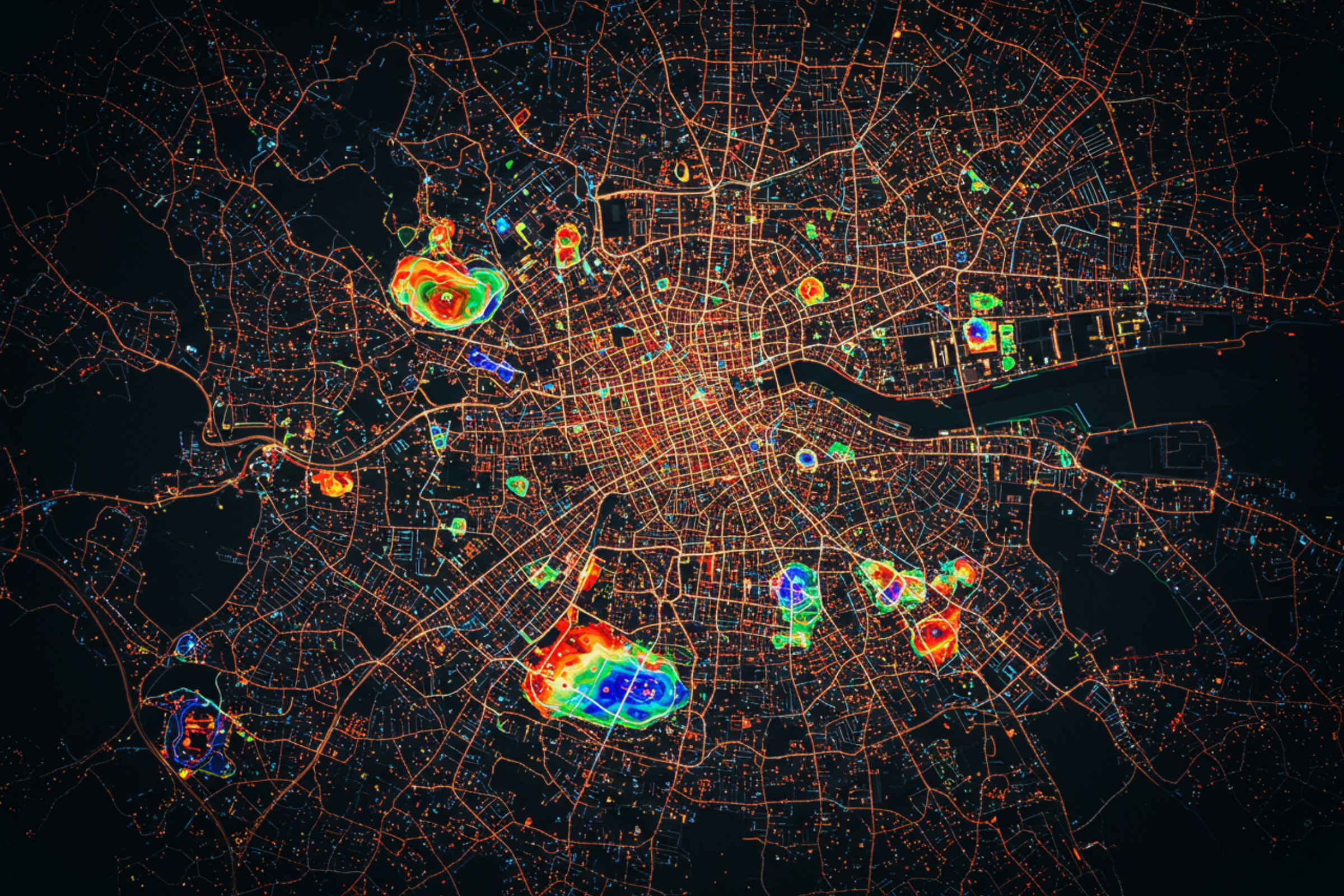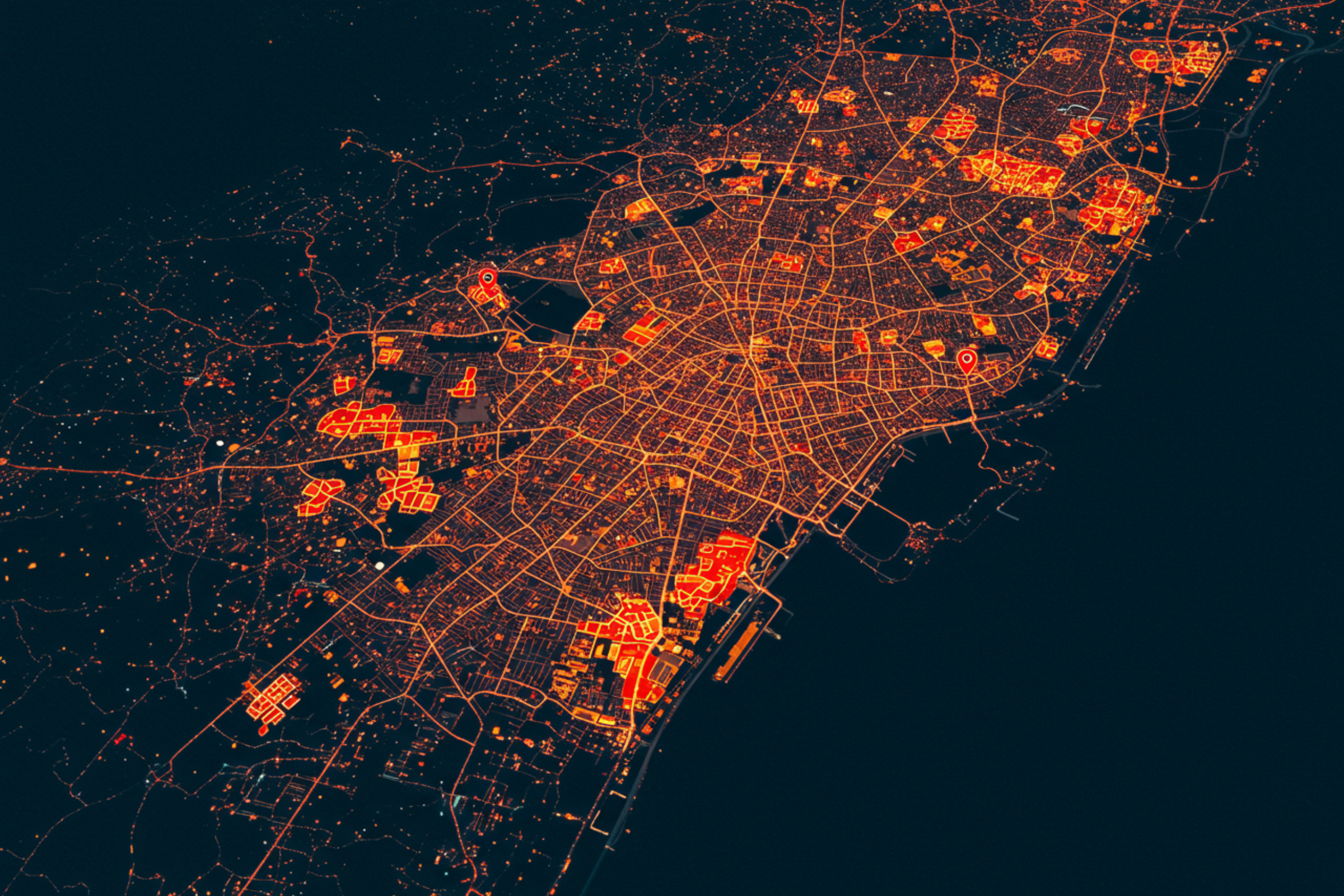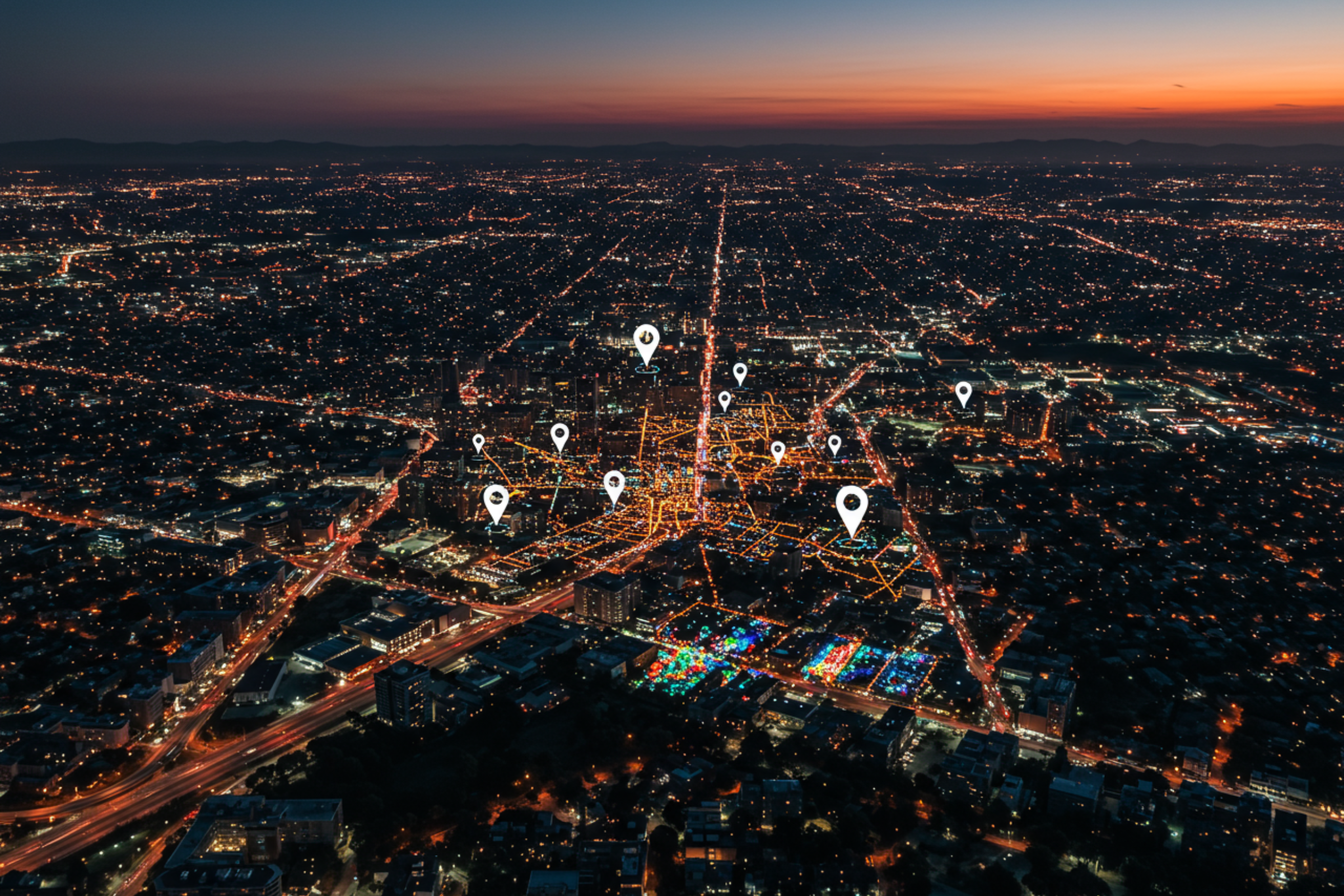Harnessing Geo-Analytics and Heatmaps: Pinpointing High-Demand Neighborhoods for Smarter Marketing
- Unlocking the Power of Location Data for Small Businesses
- What Are Geo-Analytics and Heatmaps? An Easy Guide
- Identifying High-Demand Areas: Step-by-Step with AI Marketing Tools
- Optimizing Ad Spend and Route Planning Using Heatmap Insights
- Turning Data into Action: Practical Tips for Small Business Growth

Unlocking the Power of Location Data for Small Businesses
Location data has rapidly evolved from a niche asset to a central driver of marketing strategy, especially for small businesses seeking to make every dollar count. By understanding where your customers are located—and where demand is highest—businesses can tailor their marketing and sales efforts with pinpoint accuracy. This location-based approach enables small business owners to allocate resources more efficiently, ensuring their products or services reach those most likely to buy.
In today’s crowded marketplace, flying blind without location insights often leads to wasted ad spend, inefficient delivery routes, and missed opportunities. Small businesses, in particular, may struggle to compete with bigger players when relying solely on broad, generic campaigns. Geo-analytics levels the playing field, allowing even the smallest shops to tap into precise, actionable data.
Imagine a local bakery identifying which surrounding neighborhoods have the highest foot traffic in the mornings and targeting those areas with special breakfast offers. Or picture a mobile dog groomer using heatmaps to focus on pet-friendly communities, optimizing both marketing and travel routes. These aren’t distant possibilities—they’re real-world scenarios happening today, empowered by location data.
Ultimately, leveraging the power of geo-analytics enables small businesses to serve their communities more effectively, boost their return on investment, and grow with confidence in a data-driven age.

What Are Geo-Analytics and Heatmaps? An Easy Guide
Geo-analytics refers to the practice of analyzing data that is tied to specific geographic locations. It goes beyond traditional spreadsheets by mapping information—like sales, customer visits, or online engagement—onto real-world locations. This spatial approach uncovers patterns and trends that would be invisible otherwise.
Heatmaps are one of the most user-friendly outputs of geo-analytics. A heatmap represents data density or intensity on a map using color gradients: “hot” areas glow brighter, showing where activity is highest, while “cooler” spots indicate less engagement or demand. For instance, a heatmap might show where most of your online orders originate, or which neighborhoods interact most with your social media posts.
Artificial intelligence (AI) takes geo-analytics to the next level. AI can process vast amounts of location data, recognize complex patterns, and even predict future trends based on historical activity. With AI-powered tools, small businesses can access these insights without needing a background in data science.
Consider a coffee shop that wants to open a new location. By using geo-analytics and heatmaps, they can easily visualize where their current customers live and work, spot underserved areas, and make informed decisions about expansion. For small business owners, these tools offer a fast, intuitive way to interpret location data, helping them make smarter, evidence-based choices.

Identifying High-Demand Areas: Step-by-Step with AI Marketing Tools
Pinpointing high-demand neighborhoods may sound complex, but with the right AI marketing tools, it becomes a straightforward, repeatable process. Here’s a step-by-step guide tailored for small business owners:
- Gather Location Data: Collect data from your sales records, website analytics, social media engagement, and customer addresses. Many online platforms automatically log where your interactions originate.
- Import Data into AI Tool: Use an AI-driven marketing tool designed for small businesses. These platforms often feature built-in integrations that make uploading your location data seamless and error-free.
- Analyze Customer Patterns: Let the AI engine process your data, scanning for patterns such as clusters of frequent buyers, repeat visitors, or high-value transactions. The AI can identify subtle trends, like seasonal surges or emerging hotspots.
- Create and Read Heatmaps: The tool generates heatmaps, visually spotlighting neighborhoods with concentrated customer activity. Bright or “hot” areas indicate strong demand, while dimmer regions suggest lower interest.
- Pinpoint High-Demand Zones: Dive into the heatmap to identify which neighborhoods consistently show high engagement. AI tools may even offer suggestions for targeting these areas, based on your objectives.
Consider a small gym tracking sign-ups by postal code. The AI tool highlights two neighborhoods with significantly more interest than others. The business can now focus its promotional efforts—like local events or direct mail—in those specific zones, maximizing reach and minimizing wasted effort.
By following this systematic approach, small businesses can move from guesswork to data-driven action, ensuring every marketing move is backed by real, actionable insights.

Optimizing Ad Spend and Route Planning Using Heatmap Insights
Once high-demand neighborhoods are identified, the real advantage comes from acting on these insights—especially when it comes to advertising and logistics. Heatmaps enable small business owners to allocate their ad spend with laser focus, putting marketing dollars where they matter most.
Instead of running broad campaigns, businesses can direct digital ads, flyers, or sponsored social posts to the hottest zones highlighted on their heatmaps. This targeted approach often results in higher conversion rates, more foot traffic, and a better return on investment. By prioritizing neighborhoods with proven interest, small businesses reduce the risk of overspending on low-yield areas.
Geo-analytics also enhances route planning for businesses that deliver products or provide mobile services. By analyzing customer clusters, owners can optimize delivery routes to cover more ground efficiently, saving both time and fuel. This not only cuts operational costs but also improves customer satisfaction with faster, more reliable service.
For example, consider a small florist that offers same-day delivery. By using heatmap insights, they can schedule drivers to hit multiple high-demand neighborhoods in a single loop, instead of zigzagging across town. This smart routing ensures more deliveries in less time and maximizes every trip’s profitability.
Ultimately, strategic use of heatmap-driven data allows small businesses to stretch their budgets further and serve their communities more effectively—all while staying one step ahead of the competition.

Turning Data into Action: Practical Tips for Small Business Growth
Harnessing geo-analytics and heatmaps is only the first step; the real growth comes from acting on the insights you uncover. Start by setting clear, measurable goals—such as increasing sales in the top three neighborhoods by 20% over the next quarter. With specific targets in mind, you can tailor your strategies for maximum impact.
Next, customize your messaging to resonate with each high-demand neighborhood. Use local references, images, or offers that speak directly to the community’s interests and needs. AI-powered content creation tools can make this process faster and more scalable, enabling small teams to produce hyper-localized ads, social posts, and emails with ease.
Regularly monitor your results using the same geo-analytics tools. Track which neighborhoods respond best, and be ready to tweak your approach as new trends appear. This ongoing optimization ensures you’re always allocating resources where they’ll have the greatest effect.
Encourage your team to embrace a data-driven mindset. Share heatmap insights in team meetings, brainstorm creative ways to engage top neighborhoods, and celebrate wins as you see results from your targeted efforts.
By turning location data into concrete actions—setting goals, personalizing outreach, leveraging AI tools, and refining strategies over time—small businesses can unlock new levels of efficiency and growth. In today’s digital landscape, those who act on data will stand out, thrive, and build lasting connections within their communities.